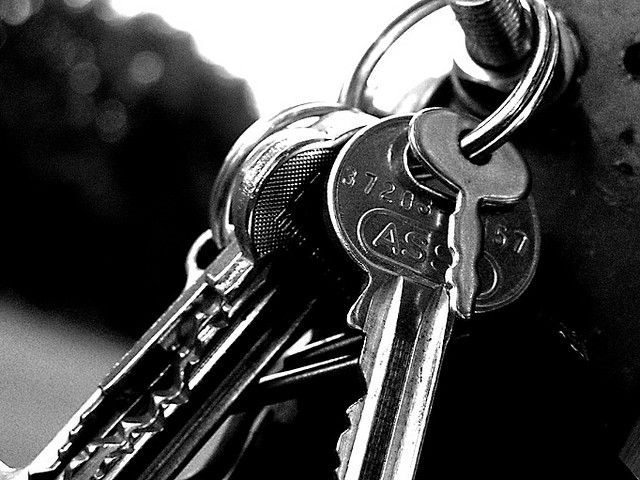
(credit: Linus Bohman)
As happens from time to time, somebody has spotted a feature in Windows 10 that isn't actually new and has largely denounced it as a great privacy violation.
The Intercept has written that if you have bought a Windows PC recently then Microsoft probably has your encryption key. This is a reference to Windows' device encryption feature. We wrote about this feature when it was new, back when Microsoft introduced it in Windows 8.1 in 2013 (and before that, in Windows RT.
Device encryption is a simplified version of the BitLocker drive encryption that made its debut in Windows Vista in 2006. The full BitLocker requires a Pro or Enterprise edition of Windows, and includes options such as integration with Active Directory, support for encrypting removable media, and the use of passwords or USB keys to unlock the encrypted disk. Device encryption is more restricted. It only supports internal system drives, and it requires the use of Secure Boot, Trusted Platform Module 2.0 (TPM), and Connected Standby-capable hardware. This is because Device encryption is designed to be automatic; it uses the TPM to store the password used to decrypt the disk, and it uses Secure Boot to ensure that nothing has tampered with the system to compromise that password.